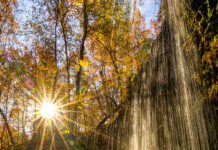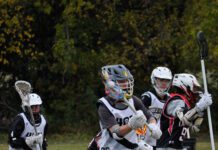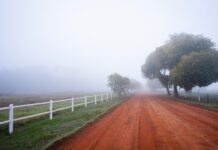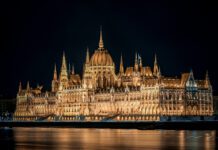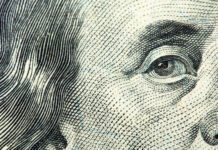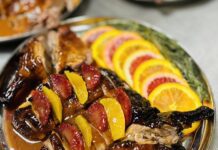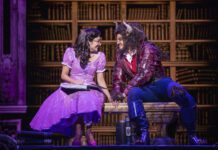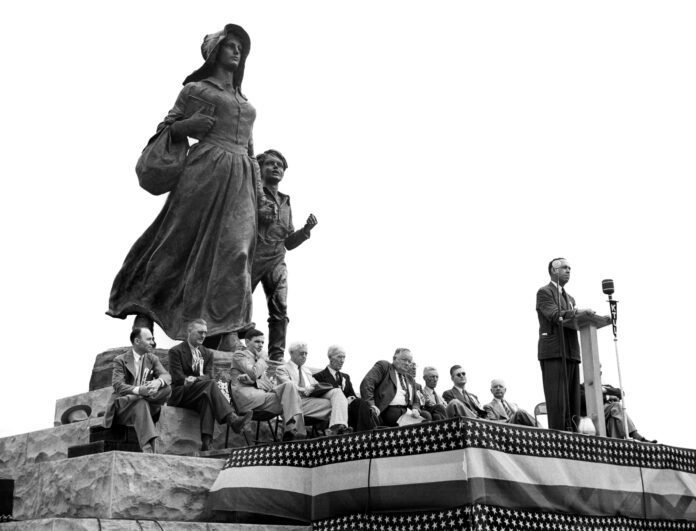While you may think you have to pay admission to view some of Oklahoma’s most iconic pieces of art, the truth is many of them are free and visible in the great outdoors. We explore just a few of the public monuments, statues and sculptures that depict Oklahoma history.
The Pioneer Woman
The Pioneer Woman statue is a 17-foot, 12,000-pound bronze sculpture in Ponca City, designed by Bryant Baker and dedicated on April 22, 1930. The statue depicts a sun-bonneted woman leading a child by the hand. The statue, according to the Oklahoma Historical Society, is meant to depict the legacy of women of all races, creeds and nationalities who contributed to the development of Oklahoma.
The piece was donated to the state of Oklahoma by millionaire oilman E. W. Marland. He commissioned models from twelve well-known sculptors and financed a nationwide tour to get feedback from art critics and the general public in order to decide which model to use for the final form.
The bronze statue is seated upon a pyramidal-stepped base of granite blocks which brings the total height of the monument to 40 feet. It resides outside the Pioneer Woman Museum.
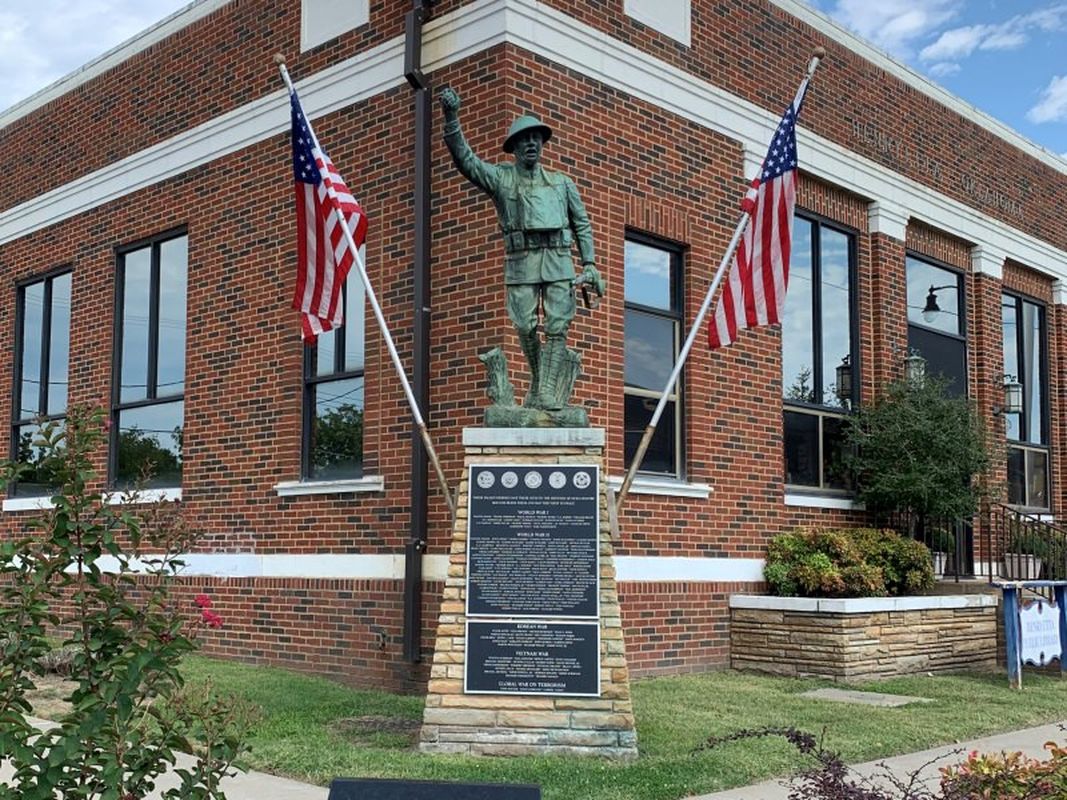
Spirit of the American Doughboy
The Spirit of the American Doughboy monument represents the quintessential American soldier during World War I. The statue depicts said soldier charging over the top of a hill towards the enemy line, carrying full field equipment. The statue was erected as a memorial to war veterans and arrived in Henryetta in November of 1923. The memorial still sits in front of the Henryetta Public Library today.
The memorial plate bears this inscription: “To the memory of all in this area who paid the supreme sacrifice in all wars.” It was cast “By the people, the year of 1991.”
Inscribed on the memorial surrounding the statue are the names of local soldiers who lost their lives in WWI, WWII, the Korean War and the Vietnam War.

Centennial Land Run Monument
The Centennial Land Run Monument, an art installation by Paul Moore dedicated in 2011, is located in the Oklahoma City Bricktown District.
In all, there are 38 people portrayed, plus 34 horses, three wagons, a cannon, a dog and a frightened jackrabbit – all racing to claim new homesteads.
All figures are cast in dark bronze, at one-and-a-half life size, meaning a standing human in the sculpture would be almost 9 feet tall, and a horse and rider over 12 feet. The sculptor, from Norman, is a fifth generation Oklahoman whose great-grandfather participated in the 1889 Land Run.
In spite of the controversy of the 1889 Land Run, several more events of its kind were held in later years in other parts of Oklahoma territory. Millions of Oklahomans have been able to trace their ancestry back to an original participant.
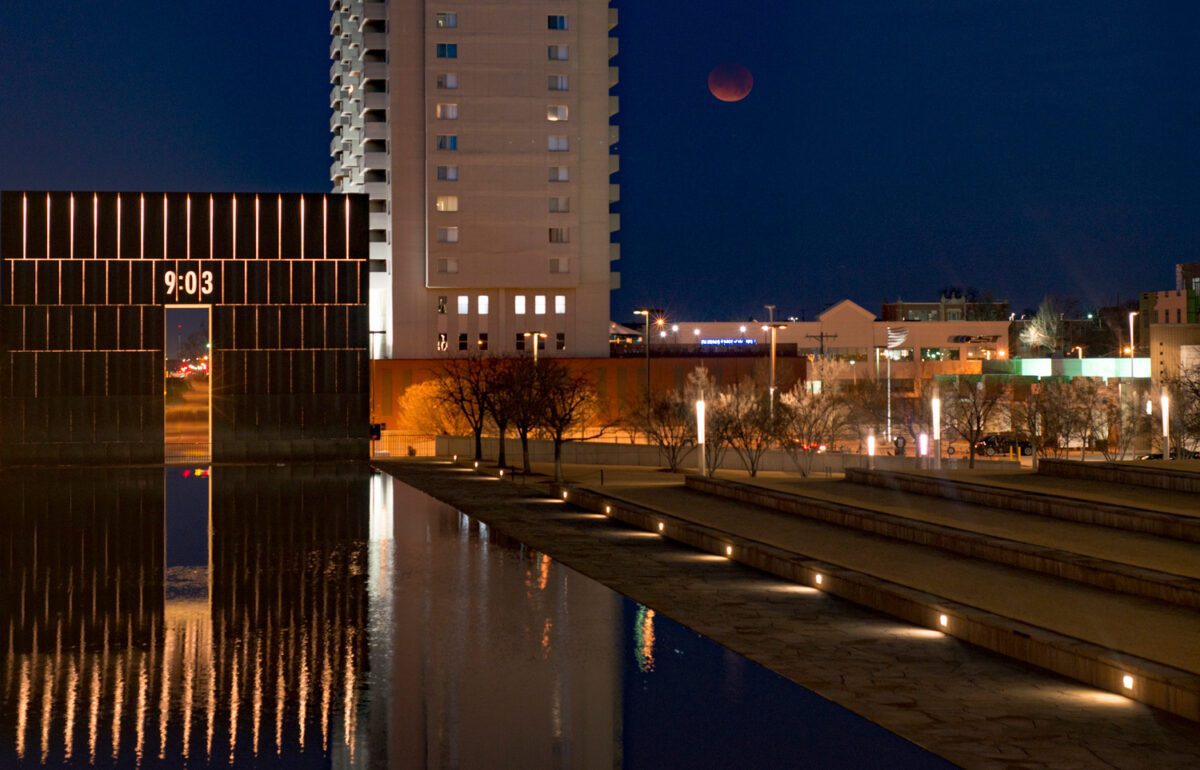
Oklahoma City National Memorial
The Oklahoma City National Memorial honors the victims, survivors, first responders and all who were affected by the Oklahoma City bombing on April 19, 1995.
It shines a well-deserved spotlight on all those affected on that fateful day. The monument encompasses the now-sacred soil where the Murrah Building once stood, as well as the surrounding areas devastated by the attack. The outdoor memorial contains several elements, including the Reflecting Pool, Gates of Time, Field of Empty Chairs, Survivor Tree, Survivor Wall and Rescuer’s Orchard. All outdoor elements are available to view for free.
“It is centered in the middle of downtown, and connects the mission of the memorial to our everyday lives,” says Kari Watkins, president and CEO of the museum.
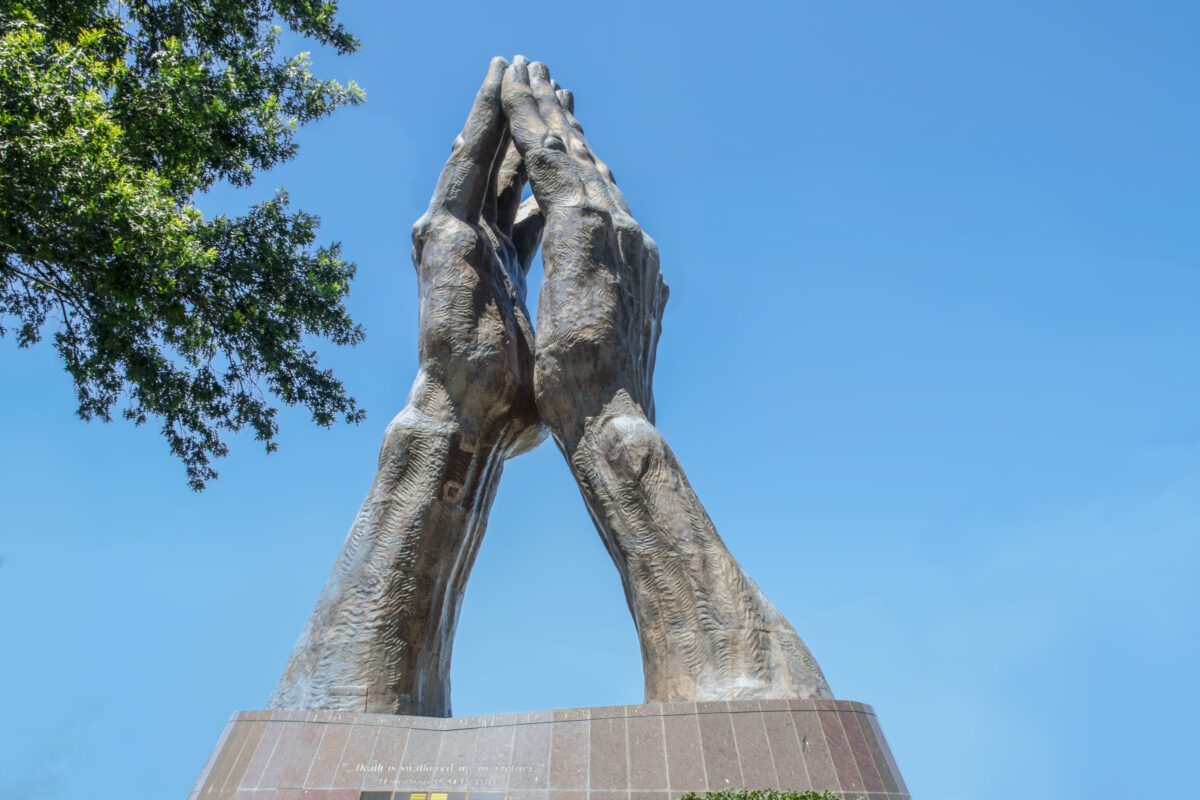
Healing Hands
The Healing Hands statue – often called by its misnomer ‘The Praying Hands’ – is a common sight anytime one flies over Tulsa. Known as the world’s largest praying hands, the 60-foot-tall sculpture was created by artist Leonard McMurray. The hands were cast in Juarez, Mexico, in 1980 and stood in front of CityPlex Towers until they moved to the front of Tulsa’s Oral Roberts University campus in 1991.
“A 10-man crew worked for three months to assemble and weld 450 pieces together on site,” says Charles Scott, Ed.D., vice president of external affairs at ORU. “The sculpture depicts the joining together of medicine and faith: one hand representing the healing power of medicine, the other symbolizing the power of faith.”


